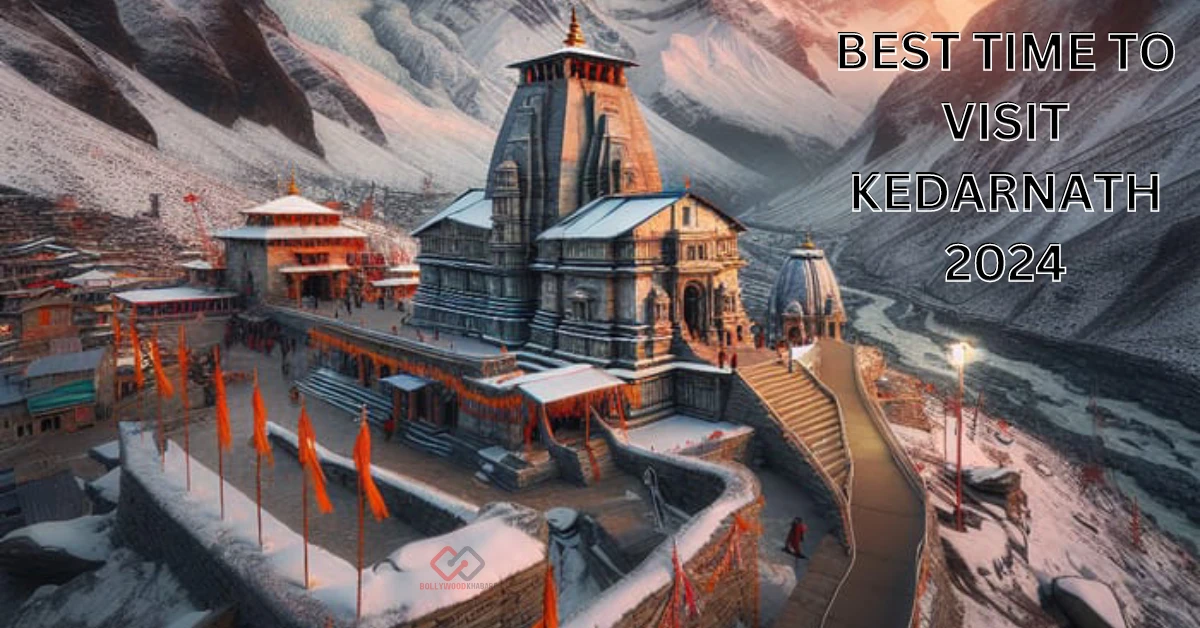Entertainment
7 wonders of India
Discover the 7 wonders of India, from the majestic Taj Mahal to the ancient Nalanda University. Learn about their history, significance, and location in this article.

India is a land of diversity, culture, and heritage. It is also home to some of the most amazing architectural and artistic wonders of the world. In this blog, we will explore the 7 wonders of India that you should not miss in 2023. These are the monuments and sites that showcase the rich history, creativity, and spirituality of India.
1. Taj Mahal in Agra
The Taj Mahal is one of the most iconic symbols of love and beauty in the world. It is a white marble mausoleum built by the Mughal Emperor Shah Jahan for his beloved wife Mumtaz Mahal in the 17th century. The Taj Mahal is a UNESCO World Heritage Site and one of the New Seven Wonders of the World. It is admired by millions of visitors every year for its exquisite design, intricate craftsmanship, and stunning symmetry.
The Taj Mahal is open from sunrise to sunset every day except Friday. The entry fee is Rs. 50 for Indians and Rs. 1100 for foreigners. The best time to visit the Taj Mahal is during the winter months (October to March) when the weather is pleasant and the crowds are less.
The USP of the Taj Mahal is its architectural perfection and romantic appeal. It is a masterpiece of Mughal art and engineering that reflects the love and devotion of Shah Jahan for his wife. It is also a symbol of India’s cultural diversity and harmony, as it incorporates elements from Persian, Islamic, Hindu, and Turkish styles.

2. Konark Sun Temple in Odisha
The Konark Sun Temple is a magnificent temple dedicated to the Sun God Surya. It was built by King Narasimhadeva I of the Eastern Ganga Dynasty in the 13th century. The temple is designed as a huge chariot with 12 pairs of wheels and seven horses, representing the movement of the sun across the sky. The temple is adorned with intricate carvings and sculptures depicting various aspects of Hindu mythology, astronomy, and eroticism.
The Konark Sun Temple is open from 6 am to 8 pm every day. The entry fee is Rs. 40 for Indians and Rs. 600 for foreigners. The best time to visit the Konark Sun Temple is during the winter months (October to March) when the weather is cool and dry.
The USP of the Konark Sun Temple is its astronomical accuracy and artistic excellence. It is a marvel of ancient Indian science and technology that aligns with the solar cycle and acts as a sundial. It is also a showcase of Indian art and culture that depicts the beauty, grace, and sensuality of human life.

3. Gomateshwara in Karnataka
The Gomateshwara or Bahubali statue is a colossal statue of a Jain saint who renounced worldly pleasures and attained enlightenment through meditation. It was carved out of a single rock by Chavundaraya, a minister and commander of the Ganga Dynasty, in the 10th century. It is located on a hilltop in Shravanabelagola, Karnataka, and stands at a height of 57 feet, making it one of the tallest monolithic statues in the world.
The Gomateshwara statue can be visited from 6 am to 6 pm every day. There is no entry fee, but visitors have to climb about 600 steps to reach the statue. The best time to visit the Gomateshwara statue is during February or March when the Mahamastakabhisheka festival takes place once every 12 years. During this festival, the statue is anointed with various substances like milk, honey, sandalwood paste, saffron, turmeric, etc., as a mark of respect and devotion.
The USP of the Gomateshwara statue is its spiritual significance and monumental size. It is a symbol of Jainism’s core values of non-violence, detachment, and self-control. It is also a remarkable feat of engineering and craftsmanship that demonstrates the skill and dedication of ancient Indian sculptors.

4. Harmandir Sahib Golden Temple in Punjab
The Harmandir Sahib or Golden Temple is the holiest shrine of Sikhism. It was founded by Guru Ram Das, the fourth Sikh Guru, in the 16th century, and completed by Guru Arjan, the fifth Sikh Guru, in the 17th century. The temple is situated in Amritsar, Punjab, and has four entrances that signify openness and inclusiveness for all people regardless of their religion, caste, or gender. The temple is covered with gold on its upper floors, giving it a dazzling appearance.
The Harmandir Sahib is open 24 hours a day, 7 days a week. There is no entry fee, but visitors have to cover their heads, remove their shoes, and wash their feet before entering the temple. The best time to visit the Harmandir Sahib is during the morning or evening when the prayers and hymns are recited. Visitors can also enjoy the free langar (community kitchen) service that serves food to thousands of people every day.
The USP of the Harmandir Sahib is its religious importance and universal appeal. It is the place where the Guru Granth Sahib, the holy scripture of Sikhism, is installed and revered. It is also a place where people of all faiths and backgrounds can come and experience peace, harmony, and generosity.
Also Read:- Top 5 Tourist Places in Bihar: A Travel Guide

5. Khajuraho in Madhya Pradesh
The Khajuraho group of monuments is a collection of Hindu and Jain temples that were built by the Chandela dynasty between the 9th and 13th centuries. The temples are famous for their erotic sculptures that depict various aspects of human sexuality, love, and desire. The temples are also known for their architectural beauty, artistic expression, and religious symbolism.
The Khajuraho group of monuments is open from sunrise to sunset every day. The entry fee is Rs. 40 for Indians and Rs. 600 for foreigners. The best time to visit the Khajuraho group of monuments is during the winter months (October to March) when the weather is pleasant and comfortable.
The USP of the Khajuraho group of monuments is its erotic art and cultural heritage. It is a unique representation of ancient Indian views on sexuality, sensuality, and spirituality. It is also a reflection of India’s diversity and tolerance, as it showcases the coexistence of Hinduism and Jainism in the same complex.

6. Nalanda in Bihar
Nalanda was an ancient university and a center of learning that flourished between the 5th and 12th centuries. It was one of the first residential universities in the world that attracted scholars from India and abroad, such as China, Korea, Central Asia, and Tibet. Nalanda offered courses in various subjects such as philosophy, religion, medicine, mathematics, astronomy, etc. It had a library that housed thousands of manuscripts and texts.
Nalanda is open from 9 am to 5 pm every day except Friday. The entry fee is Rs. 15 for Indians and Rs. 200 for foreigners. The best time to visit Nalanda is during the winter months (October to March) when the weather is mild and dry.
The USP of Nalanda is its educational legacy and intellectual influence. It is a testimony of India’s contribution to global knowledge and civilization. It is also a source of inspiration for modern education and research.

7. Hampi in Karnataka
Hampi is a UNESCO World Heritage Site that was once the capital of the Vijayanagara Empire, one of the largest and most prosperous empires in Indian history. Hampi is a sprawling complex of ruins that showcases the glory and grandeur of the empire that ruled over South India from the 14th to 16th centuries. Hampi has more than 100 monuments and structures that include temples, palaces, markets, forts, stables, etc.
Hampi is open from sunrise to sunset every day. There is no entry fee for most of the monuments, except for some like the Vittala Temple and the Zenana Enclosure that charge Rs. 40 for Indians and Rs. 600 for foreigners. The best time to visit Hampi is during the winter months (October to March) when the weather is cool and pleasant.
The USP of Hampi is its historical significance and architectural splendor. It is a witness to India’s rich cultural heritage and political power. It is also a marvel of Indian art and engineering that displays the creativity and innovation of the Vijayanagara builders.

These Seven Wonders of India stand as remarkable embodiments of the country's history, art, and spirituality. Each structure narrates a unique story, taking visitors on a captivating journey through time and culture. Exploring these wonders not only offers a glimpse into India's past but also fosters an appreciation for the architectural ingenuity and cultural diversity that define this incredible nation.





































